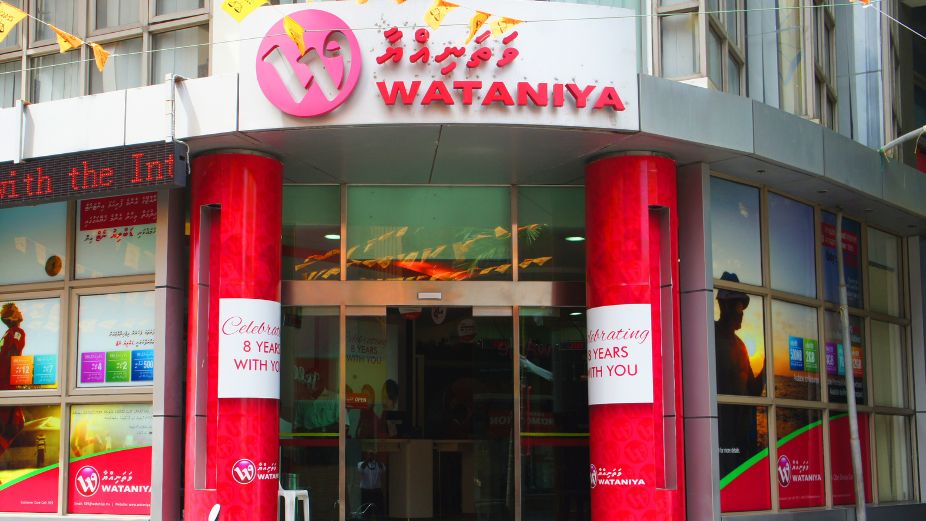
Before smartphones became essential. Before mobile internet made island life more connected. Before the Maldives could livestream a football match or run an entire business from a phone, there was Wataniya.
In 2005, the Maldives stood at the threshold of a digital shift. But for most people, communication was still basic, slow, and limited. Internet access was unheard of in most parts of the country. There was an absence of choice when it came to your network provider. The idea of mobile money, video streaming, or public Wi-Fi wasn’t even on the horizon.
It was into this world that Wataniya Telecom Maldives entered, not simply to compete, but to build. From the very beginning, Wataniya introduced technologies that hadn’t existed in the country before. In 2006, just a year after launching, the company established the Maldives’ first international subsea cable, a physical link that would go on to power the country’s digital future. That same year, it launched the first mobile virtual private network (MVPN), signalling a commitment to both consumers and enterprises.
These weren’t just service upgrades; they were structural changes. In 2007, SMS-based information services were introduced. By 2008, 3G had arrived, followed closely by wireless broadband in 2009. For many Maldivians, this was the first time they had access to fast mobile data, a shift that quietly changed how people lived, worked, and communicated.
Ooredoo’s early innovations came in rapid succession: prepaid broadband, mobile video broadcasting, new tower technologies. The company wasn’t waiting for global trends to trickle down to the Maldives; it was delivering them.
Then in 2013, the shift became even more pronounced. Wataniya rebranded as Ooredoo Maldives and, in partnership with Huawei, introduced the Maldives’ first LTE network, bringing a new era of broadband access across both fixed and mobile platforms. With the rebrand came a broader transformation in identity: Ooredoo wasn’t just a telecom provider anymore; it was becoming a national digital partner.
By 2014, Ooredoo launched 4G LTE Advanced, the first of its kind in the country. It began rolling out public Wi-Fi zones and tailored solutions for the resort sector, extending its impact beyond the everyday user to the country’s critical industries.
In the span of a decade, Ooredoo had moved the Maldives from limited choice to leading edge. But these first ten years were only the beginning. The next decade would see it take on new roles in digital finance, e-commerce, education, and even health, as it helped the Maldives not only connect, but transform.









